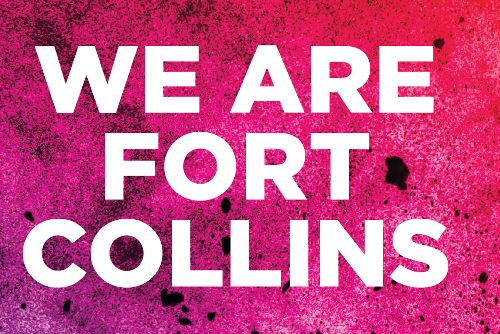
Janet Freeman, Equity and Inclusion Coordinator, City of Fort Collins, writes how cross-functional teams have positively impacted Fort Collin’s diversity and inclusion efforts.
By Janet Freeman, Equity and Inclusion Coordinator, City of Fort Collins
Best practices on equity, diversity and inclusion often point to maintaining multiple access points for employees to organization participate, from front-life staff up through leadership.
The benefits of this approach might seem obvious—such as creating change champions, embedding the work across the organization or enhancing service provision. But there are as many ways to activate cross-functional teams as there are organizations themselves.
 Equity and inclusion was identified as a desired and needed focus area when the City’s Social Sustainability department drafted a strategic plan in 2015. That commitment, however, came at a time when dedicated resourcing, including FTE, wasn’t available. Yet, staff was committed to moving on to get organizational buy-in and investment.
Equity and inclusion was identified as a desired and needed focus area when the City’s Social Sustainability department drafted a strategic plan in 2015. That commitment, however, came at a time when dedicated resourcing, including FTE, wasn’t available. Yet, staff was committed to moving on to get organizational buy-in and investment.
There was a large attraction to the work internally, and soon a handful of staff—and one community member—gathered together in a conference room, looking for ways to support the goals and objectives of that plan.
That initial meeting, in the fall of 2015, became the impetus for what is now a cross-organizational equity team. In the early stages, that team played a vital and important role in helping advance the work outlined in Social Sustainability’s strategic plan. We crafted a promise statement—to steward a sense of belonging for all in Fort Collins—and got to work creating change.
We quickly subdivided into four subcommittees, based on need and identified issues. We also included community members on each subcommittee, as well as a volunteer on our core team, who has since been hired as a diversity consultant.
 To date, those four subcommittees have accomplished incredible work. Our LGBTQ+ team has elevated our Municipal Equality Index score from 60 out of 100 to 78. The Public Participation team audited representation for those serving on boards and commissions and identified ways to mitigate barriers to inclusion. Transportation worked to create an equitable bikeshare program that enables low-income users to participate free of charge, while the Policies and Tools committee crafted a video portfolio for internal use, highlighting staff experience within the organization to help cultivate a culture where diversity is a leveraged asset.
To date, those four subcommittees have accomplished incredible work. Our LGBTQ+ team has elevated our Municipal Equality Index score from 60 out of 100 to 78. The Public Participation team audited representation for those serving on boards and commissions and identified ways to mitigate barriers to inclusion. Transportation worked to create an equitable bikeshare program that enables low-income users to participate free of charge, while the Policies and Tools committee crafted a video portfolio for internal use, highlighting staff experience within the organization to help cultivate a culture where diversity is a leveraged asset.
Several years ago, staff with the Human Rights Campaign told us that including community members on teams was unusual. In hindsight, I can’t imagine it any other way—those members keep us accountable, maintain transparency and of course, bring insights, experience and expertise to the table we might otherwise lack. Truly, our goal is to build a more equitable community for all, and the work we do on the inside is recursive to what happens on the outside. At the same time, leveraging the expertise and skills of community members allows us to practice the art of which we speak: leveraging diversity to arrive at better outcomes.
Our model has evolved over time, and we’re still tinkering with how it all works and what will bring the most benefit, both to staff who want to stay engaged in the work and our community. We did receive resourcing for dedicated positions, and are thinking through how the team’s current structures can continue to integrate the work for increased sustainability and impact.
Every municipality bears its own unique identity, the legacies of historical inequity manifesting in ways that only those who live in that community can understand. Mitigating barriers to inclusion starts with understanding the situations that have helped create and maintain the current state.
For us, having an adaptable structure has been critical to our success, allowing us to center work along a spectrum that starts with a baseline of compliance and moves toward full integration of equity. Our ultimate goal is to serve the needs of our community in a holistic way where every voice is valued, affirmed and heard.
